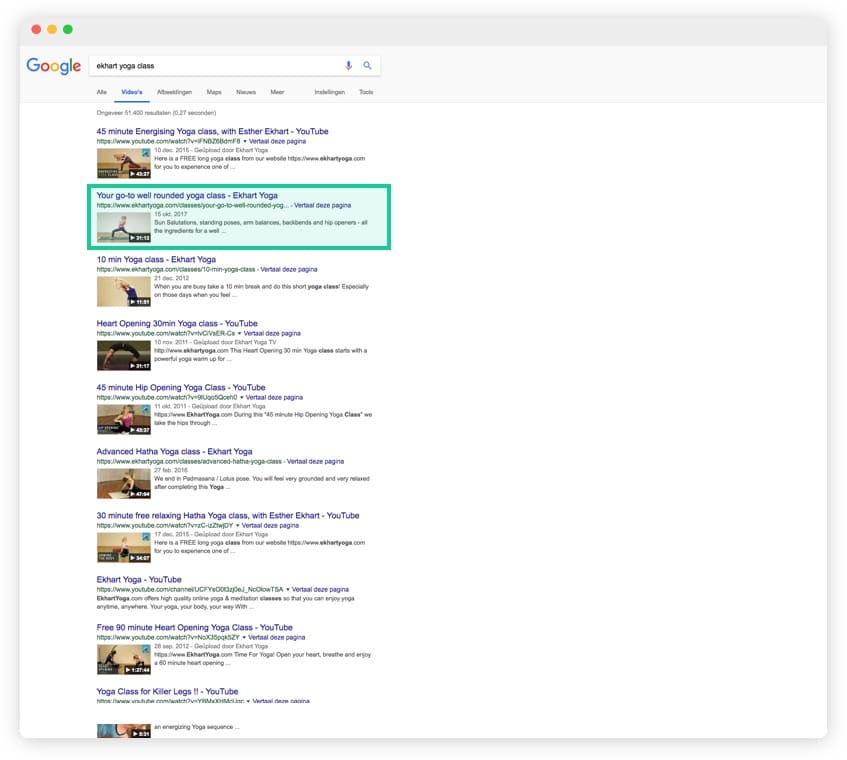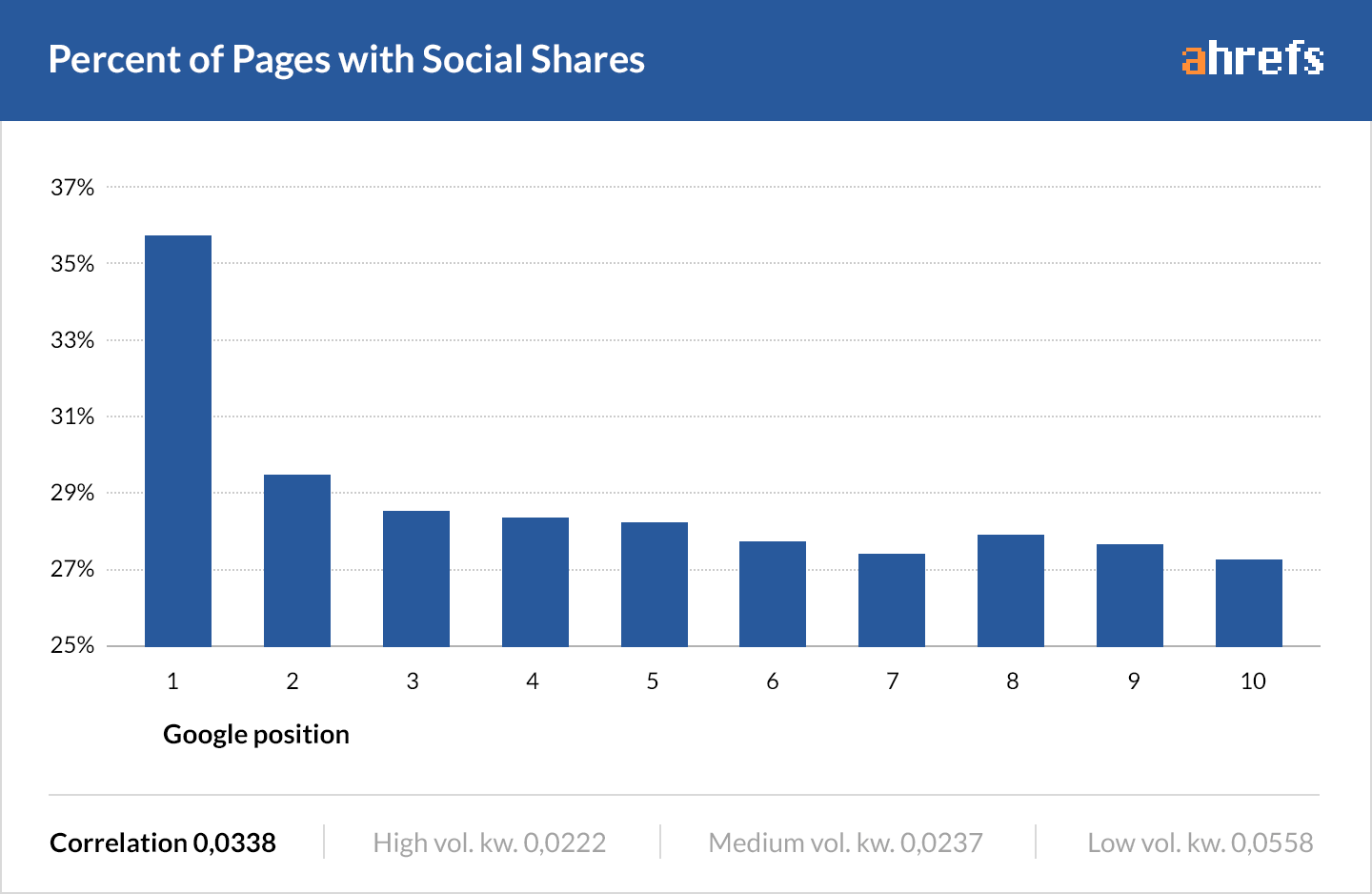When to consider your own in-house production studio?..

VIXY makes professional video management accessible for your organization. You can count on reliable video hosting and ultra fast video playback worldwide with VIXY.
VIXY makes professional video management accessible for your organization. You can count on reliable video hosting and ultra fast video playback worldwide with VIXY.
You probably put a lot of effort in optimizing your website to get the best ranking, but are you also applying this in the right way for your video content? Search Engine Optimization (SEO) is about actively optimizing your content in favor of your ranking within search engines. If you are familiar with the basic principles of SEO, it’s very likely you know the importance of creating content based on a keyword and subsequently setting up your metadata by taking this into account. The same goes for video, only difference is that search engines are unable to index video footage. For this particular reason there are additional options to make sure your video content can be made visible for search engines so that they contribute to your website’s ranking. This blog will show you how.
It all starts with the way in which you publish video on your website. Ensure an optimal viewing experience by embedding the video on your website in a way that makes sense. Not only is this important for your viewers, but also very much so for search engines. If you have multiple videos, try working with categories and/or playlists. You make it easier for the viewer to go navigate through your videos, but this also creates a structure for your website which is intelligible for search engines.
Make sure every video is provided with relevant metadata (visible and unvisible descriptions of the video). Metadata gets crawled by search engines and contribute to the ranking of your website. It’s important to do this well. Metadata concerns the title, descriptions and tags/labels of the video.
Tips & Tricks:
Make sure you pick a good thumbnail for your video. Not only does it look better on your website (or where you have embedded your video), it also draws more attention. Google claims that a video thumbnail halfway through the page attracts an equal amount of people as the top search result! Additionally, it is important that your thumbnail is a good display of what your video is about. Google values a good user experience. When your visitors leave the page on which your video is displayed in just a few seconds, then Google will interpret it as a bad user experience for this particular search query and move you down in the ranking.

It’s not always possible to place all the videos on the same page (e.g. with video channels). To still let every video contribute to SEO it’s sensible to create a unique page for every video. This enables you to make the name of the page, URL, content and meta data of this page correspond with the video. Search engines will consider this information as relevant and take it into account for the ranking of the website.
Display related videos under the video player and make a logical structure of categories. This way you don’t only enhance the user experience, but also the search engines will evaluate and appreciate the rating of your website.
Naturally it’s important to have a good URL structure to your website which is put well together and is comprehensible for search engines. Make sure that the elements on the page and the metadata correspond with the URL so that search engines can know what this page is really about.
Search engines can’t tell what a video is about by judging the video footage. It is possible on the other hand, to add subtitles to your video as so-called closed captioning. This basically means that an extra layer is added to the video, to display the subtitles it is up to the viewer. This obviously has it’s functionality for hearing impaired and deaf people, but it also brings a lot of value when it comes to findability as subtitles nowadays are being treated as metadata by search engines.

Your website is getting indexed on a regular basis by search engines. With a sitemap you give search engines a schematic overview of all the pages of your website. Search engines love sitemaps and chances are that they will regularly check this overview for new pages. It’s important that when you add a new page, containing a video, you add this page to your sitemap. This accelerates the process of indexing by search engines which can lead to a stronger position in the ranking of the search engines in a short period of time.
There have been numerous studies about interactive video and they all come to the same conclusion. Interactive videos are being watched longer and better, not to mention the clickthrough ratio’s (CTR’s).
Right now you’re probably wondering how exactly this contributes to your video SEO. Well, one of Google’s “ranking factors” is how long people stay on a page. The longer someone stays on a page, the more likely it is that the content on this particular page is very relevant for the end user, which leads to a higher ranking.
And last but not least, give viewers the possiblity to share or embed a video. Sharing and embedding creates a backlink (a link reference to the video). This attributes to your findability in the search engines.

This should be a no-brainer. Over half of all digital video is viewed on mobile devices, so you can imagine the importance of your website and video player being responsive to mobile viewing. If this is not the case, then this could lead to a bad user experience, or even worse, the risk of your videos not being played at all. And as mentioned before in this article, a bad user experience leads to a bad ranking.
Can’t wait to put all these tips to the test? They will undoubtedly help you a lot! Just make sure to keep in mind that when you put all these steps into practice that you’re not done yet. There is no such thing as the holy grail in the wondrous world of SEO. So keep optimizing! Dive into your analytics and find out where people drop out, how often your videos are being shared, at what time they are being watch and so on. “Data is king” today and will only get bigger. Using this data you can determine what your viewers want and give it to them!
Please contact one of our online video experts. We’d be happy to give you personal advice about how you can get the most out of your video content.



